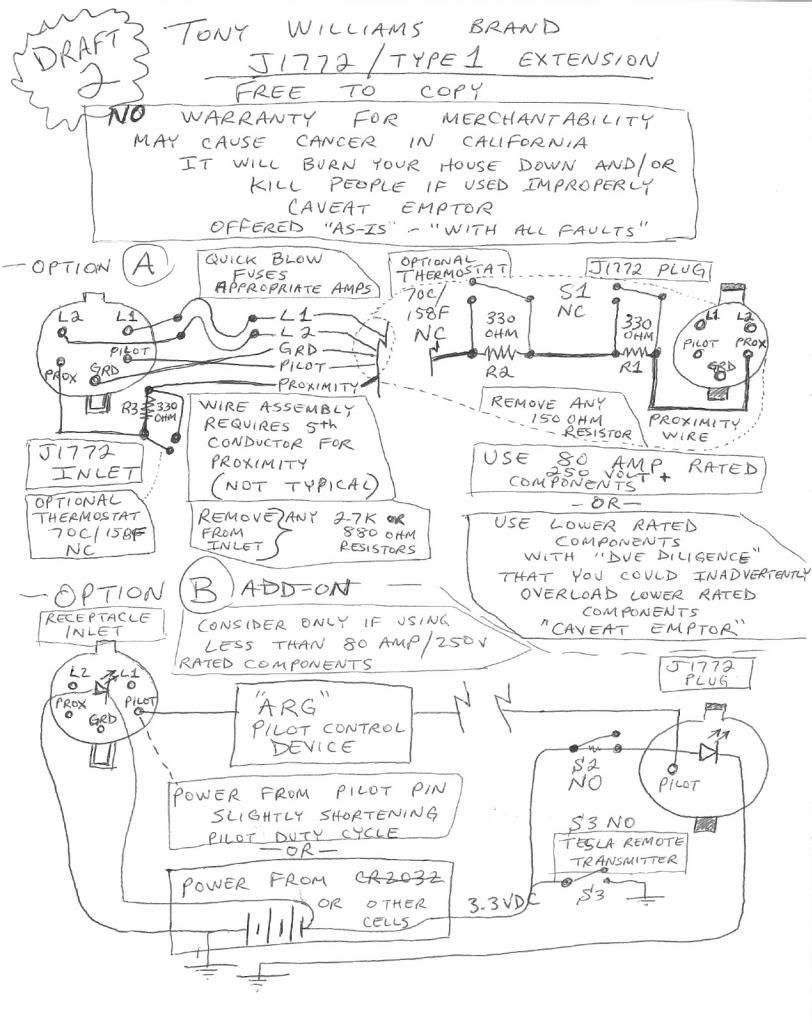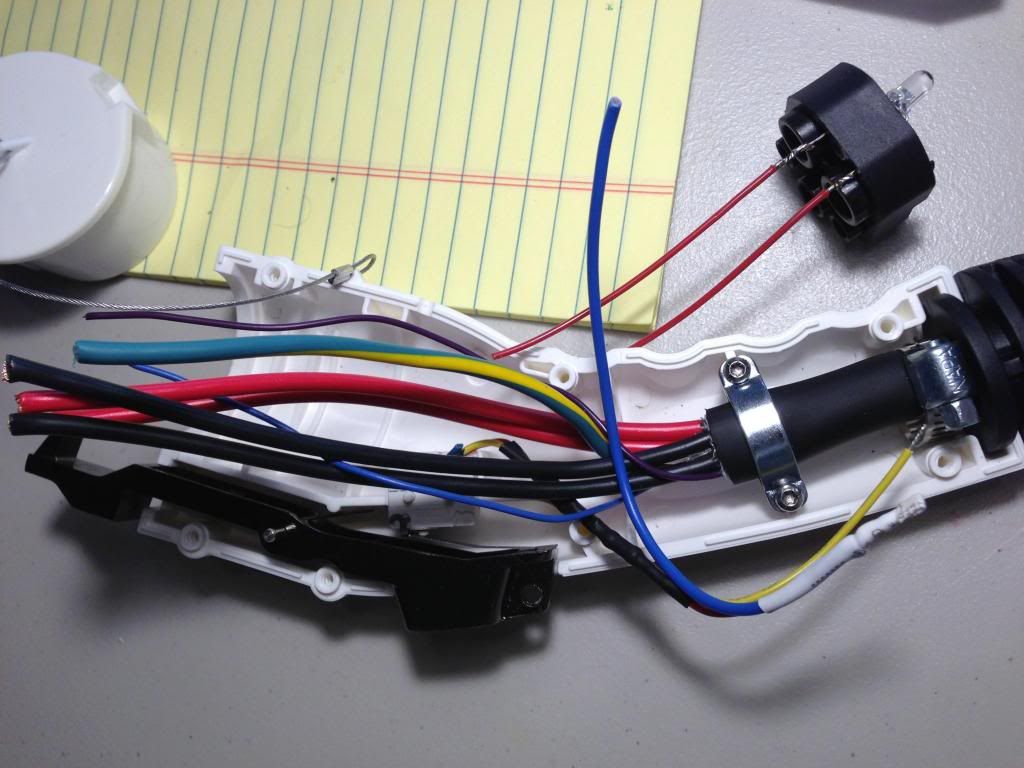TonyWilliams
Well-known member
I need a circuit designed that will limit the maximum EVSE pilot signal "duty cycle / pulse wave modulation" to the following:
1) EVSE pilot signal > than XX duty cycle, output XX pulse wave modulation (PWM) only
2) EVSE pilot signal <= to XX duty cycle, let the EVSE's PWM pass through unchanged
This device would be placed between the EVSE plug pilot signal pin and the cars pilot signal pin. That signal is a 1kHz 12/-12 volt square wave with the following duty cycle:
10% - 96% = 6 amps - 80 amps
>96% = Error
One simple option might be:
Duty cycle from EVSE is > XX, then PWM = 96%. This wouldn't work with duty cycles greater than XX% to continue operating at XX or lower, but would merely not work over XX.
I want to be able to limit to XX%, not stop above XX%.
Link to Tesla forum thread of the same topic:
http://www.teslamotorsclub.com/showthread.php/21714-How-to-make-a-30-amp-J1772-extension-cord-for-public-charging?p=445524&viewfull=1#post445524" onclick="window.open(this.href);return false;

1) EVSE pilot signal > than XX duty cycle, output XX pulse wave modulation (PWM) only
2) EVSE pilot signal <= to XX duty cycle, let the EVSE's PWM pass through unchanged
This device would be placed between the EVSE plug pilot signal pin and the cars pilot signal pin. That signal is a 1kHz 12/-12 volt square wave with the following duty cycle:
10% - 96% = 6 amps - 80 amps
>96% = Error
One simple option might be:
Duty cycle from EVSE is > XX, then PWM = 96%. This wouldn't work with duty cycles greater than XX% to continue operating at XX or lower, but would merely not work over XX.
I want to be able to limit to XX%, not stop above XX%.
Link to Tesla forum thread of the same topic:
http://www.teslamotorsclub.com/showthread.php/21714-How-to-make-a-30-amp-J1772-extension-cord-for-public-charging?p=445524&viewfull=1#post445524" onclick="window.open(this.href);return false;


